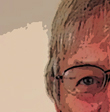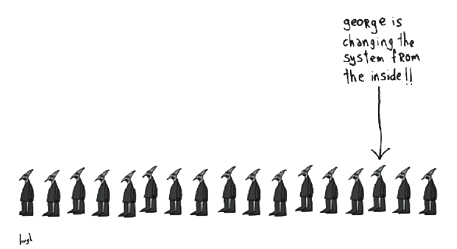|
Blog 29 May 2013. The trouble was, as companies have found when acquiring customers, recruiting new donors is an expensive, complex business... Home page.
|
‘Fundraising isn’t about money. It’s about work that urgently needs doing. It’s about making a difference, changing the world. If you start by asking for money you won’t get it and you won’t deserve it.’ The late Harold Sumption, architect of Oxfam, In the late 1980s Britain’s charities were in trouble. Some time around the beginning of that decade the penny had dropped that charities should be focusing less on the money coming in and more on the people sending it. The brightest, most successful charities concentrated on building up their donor files, not just by hundreds but by hundreds of thousands. With legions of new donors the crucial role that voluntary organisations fill in our society could flourish and grow. Without them, spiralling costs were bound to curtail good works everywhere. The trouble was, as companies have found when acquiring customers, recruiting new donors is an expensive, complex business. There was lots of competition around and few channels through which to efficiently reach the right people at acceptable cost. As the years passed costs soared. Soon the traditional methods – press, inserts, direct mail, household delivery – all were failing or prohibitively expensive. The outlook for charities was bleak. Then, thanks in part to the now ubiquitous direct debit, enterprising fundraisers working for Greenpeace (see here) hit on a completely new approach – signing up donors on the street. Face-to-face fundraising was born. Costs of acquiring new donors fell dramatically. At last, a viable way of recruiting donors in large volume had been found. Britain’s most popular causes prospered hugely as a direct result. There was public benefit too. Hundreds of thousands, even millions of people – many of them young and idealistic – now could support charities in affordable, practical ways thanks to this simple, direct way of introducing potential new donors to charities that change the world. Additionally tens of thousands of equally idealistic young people secured jobs in the voluntary sector, for many their first ever experience of campaigning for social change. Of course, charities have managed this golden goose embarrassingly badly. There are many things they could and should have done better, from the start (see here for starters). It’s a sorry tale of underinvestment and lost opportunities, of reacting to perceived public hostility rather than saying, ‘how can we help our publics see how great this really is, that they can make a difference, that they can really change the world?’ With better understanding, increased creativity, better use of technology, better messages, mutual respect and tolerance it wouldn’t be difficult to improve the current paradigm, to make face-to-face fundraising not just a fabulous financial boon for charities but also a well-understood, acceptable and –in return for an entirely minor inconvenience for the passing public – something all could agree does a remarkable, unparalleled amount of good, for all of us. Related articles © Ken Burnett 2013 Ken Burnett is co-founder of Clayton Burnett Limited, a director of The White Lion Press Limited, a consultant to The Burnett Works agency and former UK director, director of fundraising and chairman of the board of trustees for the international development charity ActionAid. He’s author of several books including Relationship Fundraising and The Zen of Fundraising and is managing trustee of SOFII, The Showcase of Fundraising Innovation and Inspiration. For more on Ken’s books please click here.
|
Recently I was asked by the UK’s Public Fundraising Regulatory Association (PFRA) to make the case that without face-to-face fundraising on our nation’s streets and doorsteps, Britain’s charities – and a few elsewhere – would be in big trouble. As I was there and remember it well, it isn't a hard case to make.
|

